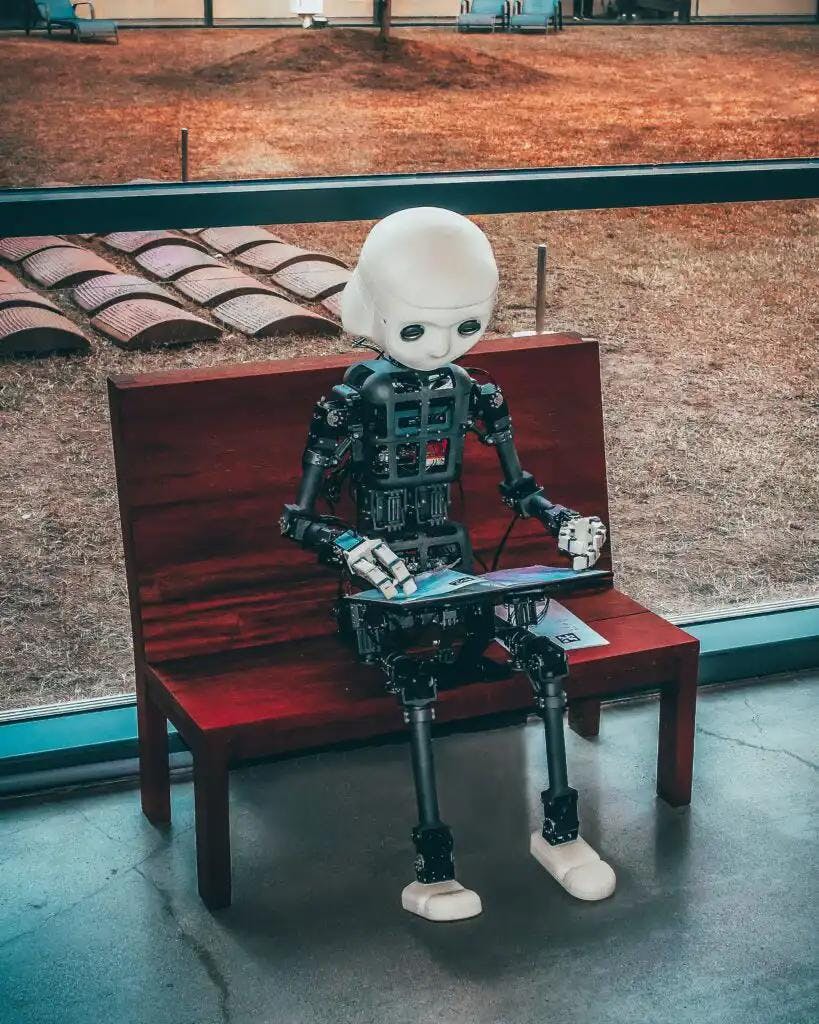
Top UX Trends for 2023
Here are a few potential UX trends that might be relevant in 2023:
User experience (UX) will continue to be a key focus
As user expectations for easy-to-use, intuitive software continue to rise, designers will prioritize creating seamless, enjoyable experiences for users. This may involve incorporating features such as personalized recommendations and intuitive navigation.
Design systems will become more prevalent
Design systems, which involve creating a set of reusable design components and guidelines, can help ensure consistency and efficiency in the design process. It’s likely that more organizations will adopt design systems in the coming years.
Increased use of AI and machine learning
As these technologies become more advanced and prevalent, they may be used to improve user experiences by making interactions more personalized and efficient.
Microinteractions will become more important
Microinteractions, which are small, subtle animations and interactions within a product, can help improve the user experience by providing feedback and adding a touch of personality. It’s likely that we’ll see more emphasis on these types of interactions in software design.
Greater focus on accessibility
As society becomes more aware of the importance of accessibility, it’s likely that there will be a greater focus on designing user experiences that are inclusive and accessible to all users, regardless of their abilities.
More immersive and interactive experiences
As technology advances, it’s possible that we’ll see more immersive and interactive experiences, such as virtual and augmented reality, that engage users in new ways.
More use of motion and animation
Using motion and animation in design can add visual interest and help guide users through an experience. This trend is likely to continue in the coming years.
Continued growth of mobile and voice interfaces: With the increasing popularity of smartphones and voice assistants, it’s likely that we’ll see more focus on designing user experiences for these platforms.